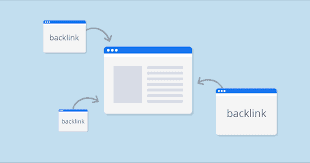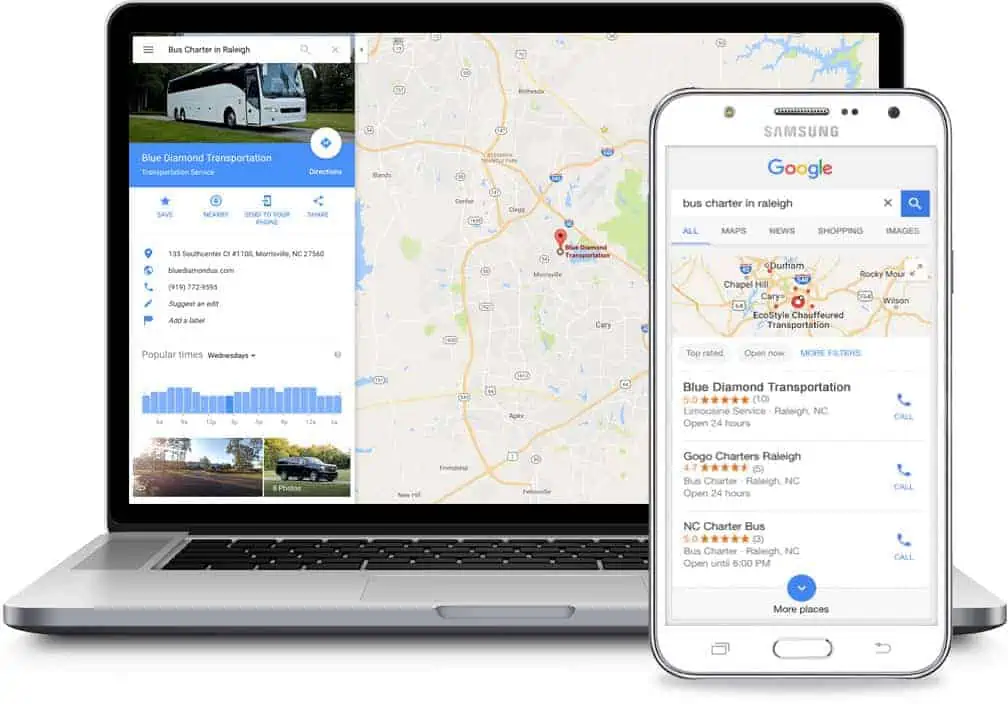Redirect – What It Is and When To Use It.
You are driving to the gym for your weekly racquetball class. When you arrive at your court, you see maintenance workers repairing a plumbing leak. There’s water all over the floor.
That’s when you notice a sign on the wall that reads, “Racquetball classes moved to our sister gym on Maple Street. You get back in your car and drive over to Maple Street and meet your tutor.
This example happened in the real world, but a similar relocation and redirection happens online as well. Although online this is called a redirect. Redirects happen frequently and they have a significant impact on SEO – Search Engine Optimization.
The question is, “What are redirects, and what impact do they have on your website’s Search Engine Optimization (SEO). That is exactly what we’re going to cover below.
A redirect – what is it?
In its simplest term, a redirect is a bit of online code that instructs web browsers to send visitors to a different web address than where they originally intended to go. A redirect page should always have about the same information as the original intended site. This is so it can satisfy the reason the visitor has for going there in the first place.
When they get to the redirect page, they need to be able to see approximately the same information they were expecting on the original page. This is so the UX (users experience) is positive, and your customers aren’t annoyed by a dead link.
When are redirects appropriate?
Redirects can be used quite well in several scenarios. Here are some of the most common situations where it’s helpful to use redirects.
- Maintenance of a specific page. Occasionally you need to take down specific pages on your site for changes or improvements. Redirects work well to send your visitors to a similar page while you work.
- Deletion of a page. You may run into a situation where you need to completely remove a page from your website. But there are still links to that page on your site and out “in the wild” on other sites and in search engines. You still need to satisfy the surfer who wants to visit that page.
- Merging pages. Restructuring your site might cause you to merge two similar pages for a more efficient site. When you merge two pages, you need to delete at least one of them. A redirect is a great way to handle this scenario.
- Moving your website to a different domain: Creating a redirect on a grand scale is great to keep the inbound links from the original site and to help avoid the risk of losing visitors.
In all of these situations, redirection may be necessary.
What effects do redirects have on Search Engine Optimization (SEO)?
Redirects are useful in temporary situations, but it is best to avoid using them as a permanent solution or if they can be avoided.
Page speed will take a hit because redirects take longer to load than their original page. Slower loading pages mean lost visitors.
When you need to show a new version of a page on your site, it is best to recreate the original webpage rather than making a different, separate page. Maintaining the original URL will mean faster page loads, better UX, and better placement in Google search results.
Different kinds of redirects
There are different types of redirects and they solve different problems. Some depend on how long the redirects are going to be in service or how they function in your site.
Here is a quick summary of the common kinds of redirects.
Temporary or Permanent redirects
Probably the biggest distinction between types of redirects is the difference between temporary and permanent. When you need to take down a page for a few days or make a structure change that isn’t permanent, you would use a temporary redirect. However, if you need to change your domain URL, the redirect will be a more permanent one.
When you use a redirect, you are essentially telling Google’s web crawlers, “That page isn’t feeling well today, go to this one instead. But don’t forget about the original page, it’ll be back up soon.” That way, Google won’t add the redirect URL into its permanent memory. Next time it wants to go to that page, it still has the original URL in its database.
Permanent redirects tell Google a different thing altogether. They tell the crawler that the redirect URL is forever replacing the original URL. In the future, forget all about that old URL. That means that from then on, this page will run faster.
Server-Side Redirects
Server-Side Redirects take place directly on the server. When your visitor goes to a URL, their browser sends the URL request to the server. The server then sends the web browser to the correct page.
With a Server-Side Redirect, the server manages the redirect. If the web browser requests URL 1, the server will automatically direct it to the new URL 2.
This is the most common type of redirect as well as:
- 301 redirect. This is used for redirects from deleted URLs.
- 302 redirect. This is used for redirecting temporarily when pages are undergoing maintenance.
The differences between these types of redirects can seem slight and overly technical but they all can be classified as server-side directs.
Client-Side Directs
The most common redirects are the 301 direct and the 302 direct and happen directly on the server. However, there are client-side directs that exist. In these redirects, the browser (also known as the client) is required to process the redirect instead of the server.
With client-side directs, the server does not jump into action and redirect the web browser to the new webpage URL. In this case, when the browser makes the URL request, the server answers back, “maybe you should try this other URL, it’ll work better”. Then the browser must make the request another time with the different URL.
Client-side redirects are a longer process and are usually much slower. That is why we advise that you do not use them very often. Nevertheless, here are the two different kinds of client-side redirects:
- Meta Refresh. This refreshes the original page to a new webpage.
- JavaScript: This changes the page URL after running the code.
While these two redirects take some technical understanding to use, you should be using other solutions anyhow.
Redirect Loops
Finally, we come to a problem you need to avoid – the redirect loop. This happens when the web browser is asked to follow too many redirects to load a page.
You can run into this problem when an old URL employs a redirect to a new page, but the new page is set up to redirect back to the original page. This causes a never-ending cycle – a loop. It can also happen when a page location is moved several times creating a chain of redirects.
If a browser has to follow too many redirects in a row, it refuses to take any further action and displays a redirection error loop message. This leads to problems where the users are unable to visit either the old or new page.
To prevent this problem, always check for redirect loops before changing or setting up redirects on your site. You can use tools like Screaming Frog and Ahrefs that will notify you when a redirect loop is occurring and to find out where they are on your site.
Ramp Up Your Sales
Our full suite of web services will allow you to be a mover and shaker in your industry. We can help you increase that most important of all metrics – sales.
In the last 14 years, Click Depot has helped more than 1,100 clients increase their conversions through web design and SEO.
The Click Depot can help you take advantage of redirects.
When you need professionals to handle technical issues like redirects or whole site design and SEO, our team at Click Depot is your go-to team.
Do you need to use redirects on your company website, but you are nervous about losing SEO ranking? Click Depot will let you move forward with confidence.
We have been creating outstanding results through SEO for the last 14 years. We will optimize your site through professional structuring, copywriting, keywords, and web design, and of course, the all-important SEO. We will provide you with a dedicated technical rep to keep you up to date on all progress.
Contact us today and speak with a web consultant about the services and tools and how we can help you make your site a powerful tool in your business.
Most article:
Sign up for our Newsletter
Receive important updates delivered right to your email.








